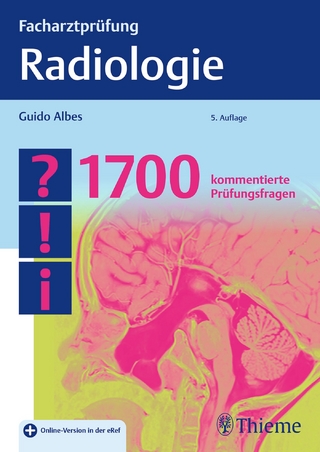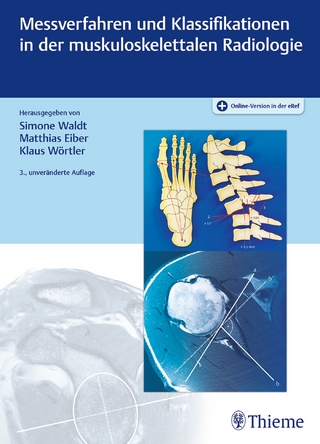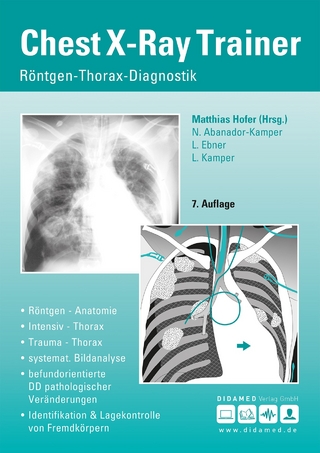
Clinical Low Field Strength Magnetic Resonance Imaging
Springer International Publishing (Verlag)
978-3-319-36508-4 (ISBN)
This book covers all aspects of low field MRI, describing its advantages, problems and prerequisites. Individual chapters are devoted to site planning, safety considerations, coils, imaging technique, image quality optimization, the imaging of different anatomic regions and likely future developments. The factors that must be borne in mind when selecting a low field system are clearly identified and detailed attention is paid to the applications for which such a system is adequate.
The focus on high field systems has led to a situation where only a few systems with field strengths lower than 0.5 T survive. Some of these systems possess high field features such as multichannel coils and strong gradients; furthermore, sequence technology and image processing techniques taken from higher field strength systems have resulted in impressive imaging capabilities. While 1.5-T systems will probably continue to remain the standard, low field systems offer advantages such as the feasibility of dynamic joint examinations, improvement of T1 contrast, reduction of "missile effects" and decreased radiofrequency exposure. Low field strength MRI consequently has the potential to contribute to optimal patient management and given comparable image quality, its application may become an issue of patient safety. This book will be an invaluable asset to all who are involved in planning and/or running a low field strength MRI facility.
Introduction.- Site planning: Room Planning.- RF Protection.- Energy Supply.- Cooling Supply.- magnet Installation.- Safety Considerations: Static Field.- Gradient Field.- RF Field.- Coils: Solenoid / Helmholtz Coils.- Send-/Receive Coils.- Phased Array Coils.- Multi-Channel Technology.- Imaging Technique: k-space.- Image resolution.- Signal-Noise Ratio / Contract-Noise Ratio.- Imaging time.- Spin Echo.- Fast Spin Echo.- Fast Gradient Echo.- Hybrid Imaging.- 3D Imaging.- Gradient Performance.- Fat saturation.- Diffusion Imaging.- Angiographic techniques.- Contrast Agents.- Image Quality Optimization: Number of excitations.- Slice Thickness.- Slice profile.- Interlacing.- Slice Orientation.- Field of view.- Matrix.- Partial Fourrier.- Interpolation.- Parallel Imaging.- Artifacts.- Postprocessing.- Clinical Imaging: Head.- Spine.- Joints.- Vascular Imaging.- Neck.- Thorax.- Abdomen.- Functional Imaging.- Cardiac Imaging.- Future Developments.
| Erscheint lt. Verlag | 23.8.2016 |
|---|---|
| Zusatzinfo | XV, 156 p. 114 illus., 55 illus. in color. |
| Verlagsort | Cham |
| Sprache | englisch |
| Maße | 155 x 235 mm |
| Gewicht | 324 g |
| Themenwelt | Medizin / Pharmazie ► Medizinische Fachgebiete ► Chirurgie |
| Medizin / Pharmazie ► Medizinische Fachgebiete ► Neurologie | |
| Medizinische Fachgebiete ► Radiologie / Bildgebende Verfahren ► Radiologie | |
| Schlagworte | diagnostic radiology • Fast Spin Echo • Hybrid Imaging • Image Quality Improvement • Low field strength MRI facility • Magnetic Field Strength • Magnetic Resonance Imaging • Open MRI • RF Power Deposition • Signal-Noise Ratio |
| ISBN-10 | 3-319-36508-8 / 3319365088 |
| ISBN-13 | 978-3-319-36508-4 / 9783319365084 |
| Zustand | Neuware |
| Haben Sie eine Frage zum Produkt? |
aus dem Bereich


